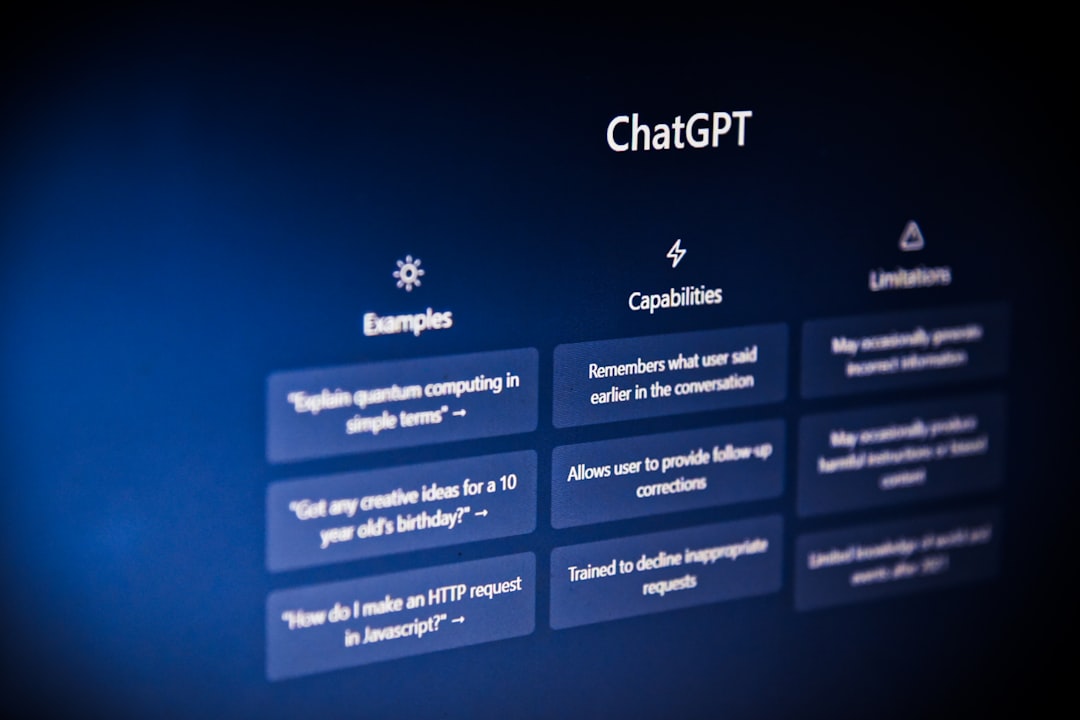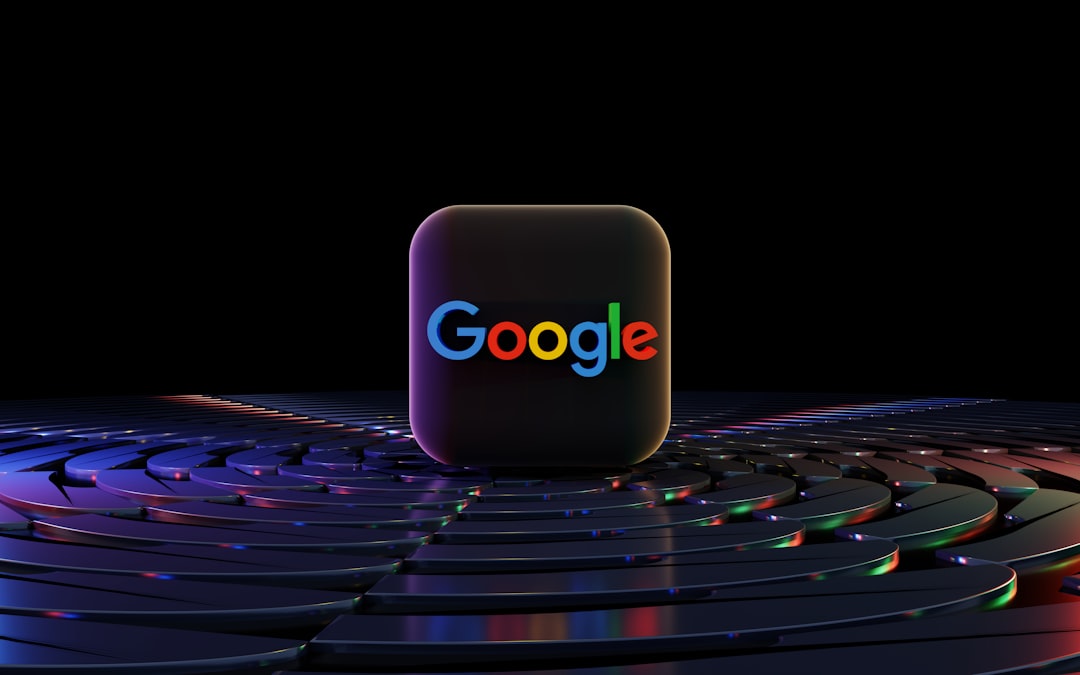In recent years, the burgeoning field of artificial intelligence (AI) has inspired numerous innovations aimed at making AI development accessible to a wider audience. Among them, low-code and no-code platforms have emerged as pivotal tools, empowering not only professional developers but also enthusiasts and business professionals without deep technical expertise to build powerful AI applications. Google, a leader in AI research and cloud technologies, has recently taken a significant step in this direction by unveiling Stitch, its successor to the experimental AI platform known as Jules.
Stitch is designed as a versatile low-code AI development environment that streamlines the complex process of constructing AI-powered applications. Unlike traditional software development, which requires extensive coding skills and expertise in AI frameworks, Stitch aims to lower the entry barrier by providing a visual interface where users can drag and drop components, connect data sources, and integrate pretrained machine learning models with minimal coding.
The platform builds upon Google’s extensive cloud infrastructure and artificial intelligence research, integrating seamlessly with their suite of AI tools such as TensorFlow, Vertex AI, and natural language processing APIs. This integration allows users to harness state-of-the-art machine learning models without worrying about backend complexity or infrastructure management.
A key feature of Stitch is its modular design. Users can assemble different AI functionalities—such as image recognition, text generation, or voice commands—into workflows tailored to their specific needs. For instance, a marketing team could quickly build a chatbot that understands customer queries and provides personalized recommendations, while a healthcare startup might develop an application to flag anomalies in medical images by combining existing AI modules.
Google’s approach with Stitch reflects the larger industry trend toward democratizing AI, where the traditional divide between data scientists and end users narrows. By empowering a broader user base to experiment and deploy AI solutions, Google hopes to accelerate innovation across various sectors, from education and healthcare to finance and entertainment.
The introduction of Stitch also comes amid increasing demand for AI tools that are both powerful and user-friendly. While earlier AI development platforms required deep knowledge of programming languages like Python and frameworks such as PyTorch or TensorFlow, Stitch drastically simplifies the process. It employs intuitive visual programming alongside guided assistance and automated model tuning, cutting down development cycles from months to days or even hours.
Moreover, Stitch emphasizes collaboration and scalability. Projects developed on Stitch can be shared easily among team members and scaled up on Google Cloud’s infrastructure as needed. This makes it suitable not only for startups and small businesses but also for large enterprises looking to prototype ideas rapidly before moving into production.
Google has not disclosed a full timeline for public rollout but has indicated that Stitch is currently in limited testing with select partners and developers. The feedback from early adopters reportedly highlights the platform’s ease of use and potential to bridge the gap between business needs and emerging AI capabilities.
Looking ahead, Stitch has the potential to change how companies and individuals create AI-driven applications. Its low-code design could foster new waves of creativity, enabling solutions tailored to niche problems that previously lacked AI-driven tools due to development costs or expertise limitations.
As AI technology continues to evolve, platforms like Stitch underline the significance of accessibility and user empowerment. They also pose interesting questions about the future roles of traditional developers and AI specialists as more capabilities become embedded in easy-to-use interfaces.
In summary, Google’s Stitch represents both a continuation and an evolution in AI democratization. By building on the ideas first tested with Jules and leveraging the power of Google’s AI ecosystem, Stitch promises to make AI application development more approachable, scalable, and effective for a diverse spectrum of users worldwide.
AI
Stitch















Leave a Reply